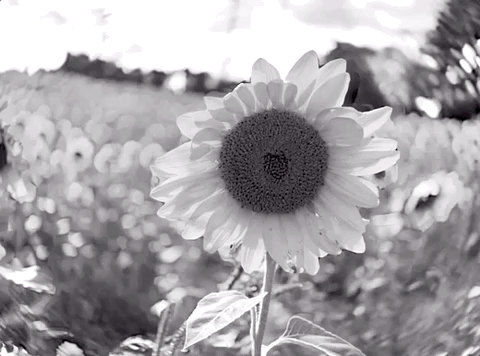

The biggest problem with TinType, though, comes when you attempt to save a photo with your changes. The Depth of Field will focus on the center of the image and blur out the rest. But if you don’t want to alter the eyes and just have then normal, just set it to zero. If you want a more realistic tintype effect, then you will want to increase the value. The Eyes feature is to change the intensity of the eyes in a portrait. TinType will always put a grungy border on the photo, but if you prefer borderless pictures, just tap on the frame to remove it (or bring it back). I found the slider to change the value of the grain to be fairly accurate and precise, with little movement after I released my finger from it. The default is set to 50, but you can change it from zero (no noise) to 100 (the noisiest). Plate Grain determines how noisy the photo looks. The square crop is most useful if you intend on sharing the image to Instagram. I wish that TinType allowed users to refine the style intensity and contrast, but alas, you cannot do that at the moment.
#Tintype app for mac full size#
You can choose between black-and-white or color for the image, and have it full size or square crop.

The first tab is where you have Style and Crop. There are four adjustable options in TinType to help you create the perfect portrait: Style and Crop, Plate Grain and Frame, Eyes, and Depth of Field. Of course, while the default settings looks good, you are not limited to it and can customize the photo yourself. Once an image is in TinType, it will apply the default tintype settings on, which results in a black-and-white grainy image that is like a blast from the past. TinType launches into the camera capture by default, but you can also import photos from your Camera Roll into the app as well.
#Tintype app for mac manual#
Unfortunately, though, there is no option for flash or manual focus control.

TinType is designed for portraits, so it launches to the front-facing camera by default, but you can change it to the rear camera if desired. It’s also fast and responsive, so there’s no waiting for things to render. It’s minimal and flat, so it goes well with iOS overall. While the icon for TinType has a retro look and feel to it, the app itself has a simple interface that does not get in the way of creating hauntingly beautiful portraits on your iPhone. I’ve been a fan of Hipstamatic ever since it first came out about four years ago, so I was eager to give TinType a try once I heard of its release. Naturally, I’ve gone through many camera and photo editing apps, with my favorites being Camera+, VSCO Cam, and SKRWT at the moment, but I’m always on the lookout for new ones to check out. I love going out and taking photos with my iPhone 6, because it’s the best camera that I have at the moment, and I feel as if I don’t need anything else (lugging around more equipment is not fun). I’ve started getting into photography ever since I got my hands on the iPhone many years ago, and it’s been a blooming hobby ever since. It is based off the Hipstamatic SnapPaks of the same name.

If you’re a fan of their previous apps, then this is another one that’s worth checking out for your collection. It’s the newest app from Hipstamatic, going along with Oggl and Cinamatic. Macphun marketing manager Mark Jacobs embraced the idea, researching old images online and reading up on the processes themselves to come up with the tonal features and textured overlays of each preset.TinType by Hipstamatic ($0.99) by Hipstamatic, LLC is a new photo app that recreates the tintype effect right on your iPhone.
#Tintype app for mac mac#
Photo: David Pierini/Cult of Mac A member of the Mankato Baltics.īy the time I had I returned home from the games that Saturday, I had five presets from Macphun to play with. Emulating old baseball and old photographic processes. To match the look of an old photo, I had the players stand in the stiff and formal poses of the time period but also mixed in a couple of candid shots of players. I used a conventional DSLR with a lens that allowed me a wide-open aperture to give me the kind of shallow depth of field typical of an old portrait lens. Hipstamatic’s Tintype app performed nicely but didn’t allow me control over point of focus, so when this chance to work with Macphun came about, the timing coincided with the opening weekend of the 2017 season (“Striker to the line!” was the precursor to “Batter up1”).


 0 kommentar(er)
0 kommentar(er)
